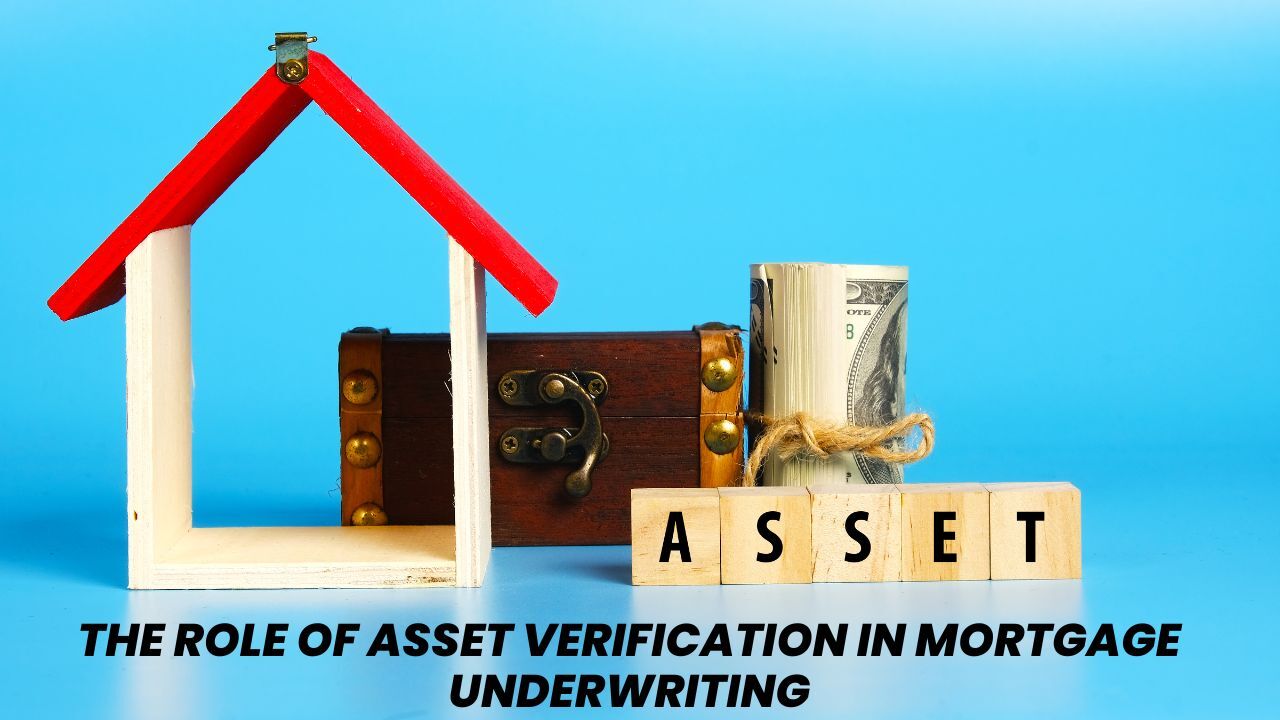When and How to Save Money by Refinancing Your Mortgage
 Refinancing can be a smart way to lower your monthly payment, reduce your interest rate, or tap into equity for financial goals. Many homeowners wait too long to reconsider their loan, but the right timing can put real money back into your pocket. Understanding when to refinance and how the process works helps you make a confident decision.
Refinancing can be a smart way to lower your monthly payment, reduce your interest rate, or tap into equity for financial goals. Many homeowners wait too long to reconsider their loan, but the right timing can put real money back into your pocket. Understanding when to refinance and how the process works helps you make a confident decision.
Understanding Why Refinancing Matters
Refinancing replaces your existing mortgage with a new one that may offer better terms. Homeowners often refinance to secure a lower rate, shorten their loan term, remove mortgage insurance, or consolidate high interest debt. Even a small rate improvement can add up to thousands of dollars saved over the life of the loan.
Ideal Times to Consider Refinancing
There are moments when refinancing becomes especially valuable. If interest rates drop below the rate on your current mortgage, it may be time to run the numbers. A refinance can also make sense if your credit score has improved since you purchased your home, or if your income has increased and you want to pay off your loan more quickly. Homeowners who purchased with a small down payment may also qualify to remove mortgage insurance once their equity has grown.
How the Refinancing Process Works
Refinancing follows a process similar to buying a home but often feels simpler. You start by reviewing your financial goals and pulling together documents such as pay stubs, tax returns, and bank statements. Next, your lender reviews your credit and income, orders an appraisal if needed, and confirms that the new loan provides tangible benefits. Once approved, you sign closing documents, and your old mortgage is paid off with the new one. Most refinances close within a few weeks.
How to Decide If Refinancing Is Worth It
Before moving forward, it is important to look at the full picture. Consider how long you plan to stay in your home, the cost of refinancing, and how long it will take to break even. A refinance should provide meaningful monthly savings or help you reach long term financial goals. If the numbers make sense, refinancing can be one of the smartest financial moves a homeowner can make.
Ready to Explore Your Options
If you are wondering whether refinancing can save you money, now is the perfect time to review your situation. With the right strategy and guidance, you can take advantage of the best loan options available today.
 When buyers apply for a mortgage, income and credit history get most of the attention. However, there is another essential part of the underwriting process that plays a major part in determining approval. Asset verification helps lenders understand the financial strength behind an application and gives them greater confidence in the borrower’s ability to manage the loan responsibly.
When buyers apply for a mortgage, income and credit history get most of the attention. However, there is another essential part of the underwriting process that plays a major part in determining approval. Asset verification helps lenders understand the financial strength behind an application and gives them greater confidence in the borrower’s ability to manage the loan responsibly. Many hopeful homebuyers find that their income alone does not quite meet the requirements for a mortgage. This challenge is especially common for people early in their careers, those recovering from financial setbacks, or buyers facing higher home prices. One option that can make a meaningful difference is bringing in a non-occupant co-borrower.
Many hopeful homebuyers find that their income alone does not quite meet the requirements for a mortgage. This challenge is especially common for people early in their careers, those recovering from financial setbacks, or buyers facing higher home prices. One option that can make a meaningful difference is bringing in a non-occupant co-borrower.